Speakers at annual conference say transparency is the ‘brick upon which trust is built’
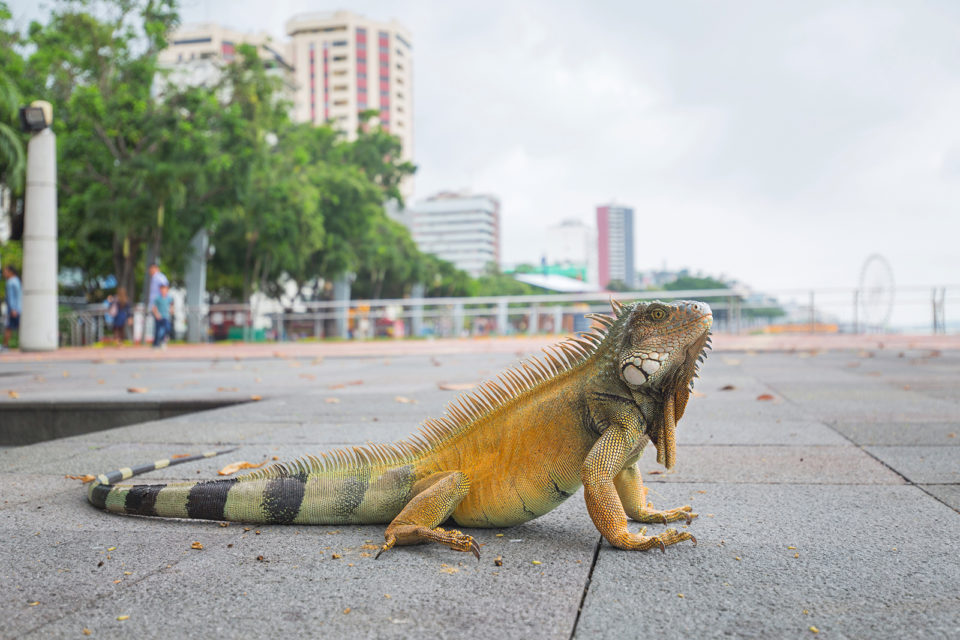
A global effort to share timely and accurate production data is what the aquaculture industry needs to thrive in today’s ever-changing marketplace. That was the clear message from speakers at the Global Aquaculture Alliance’s annual GOAL (Global Outlook for Aquaculture Leadership) conference, held this year in Guayaquil, Ecuador.
During the first-ever meeting of shrimp producers from around the world, informally dubbed the Shrimp Information Exchange, attendees said a more focused and coordinated effort to share production data will help the industry dig itself out of its current situation, marked by oversupply and declining prices.
“Transparency is not negotiable. It’s the brick upon which trust is built. Collaboration is about inclusion. No point to working in isolation or only with those closest to you,” said Jose Antonio Campusano, CEO of Ecuador’s La Camara Nacional de Acuacultura (the National Chamber of Aquaculture) during his welcoming address on Tuesday.
Aquaculture and greater assurances in supply
Wally Stevens, longtime director of GAA and a 45-year seafood industry veteran, and Lisa Vollbrecht, research manager at Kampachi Farms in Hawaii, banded together to deliver a heartfelt keynote address that served as a call for collaboration.
“It’s my sincere hope that we can shift away from erratic production patterns and provide the marketplace greater assurances in supply, for that has been aquaculture’s greatest promise all along,” said Stevens.
Transparency and traceability are essential for open and honest dialogue both within the industry and with the public.
“For the farmed shrimp industry, which has solved many of its trickiest production problems through collaboration, the issue is now an overabundance of supply. But it’s a demand issue. And demand stabilizes through better marketing. A commitment to better communication and more timely, reliable and transparent production data sharing is crucial to the global trade, year-round. We hope the Shrimp Information Exchange is simply the beginning of a coordinated global effort to bring shrimp producers to the same table.”
Vollbrecht, who was recognized on MyGAA as one of the 30 Under 30 young professionals in aquaculture to watch, said collaboration was crucial for aquaculture to meet its potential as a sustainable food source for a growing global population.
“Transparency and traceability are essential for open and honest dialogue both within the industry and with the public. We, as consumers, now have so much information at our fingertips that we come to expect a certain level of visibility into the products and services we use,” she said.
Global shrimp supply poised for surge
With lots of talk of an overabundance of supply of farmed shrimp, which has led prices to plunge in recent months, supplies appear to be poised to surge higher this year and next, according to Jim Anderson, director of the Institute for Sustainable Food Systems at the University of Florida.
Anderson has provided global shrimp supply data, based on annual surveys conducted by GAA, every year at GOAL since the conference was first founded in 2001.
“Shrimp data is challenged,” said Anderson, noting the frequent disparities between the survey data and that reported by the Food and Agriculture Organization of the United Nations (FAO). Anderson also noted that the standard deviation from survey respondents (surveys were collected from at least four sources within all major shrimp-producing countries) ranges from 5 percent in Ecuador, to 10 percent in Thailand to up to 50 percent in China. “Expectations for two or three years are bullish through 2020. Every region is expecting an upturn in production.”
Anderson said the global shrimp supply in 2018 is projected to be 5.5 percent higher than in 2017; the supply in 2020 could be 18 percent higher than in 2017.
“There’s got to be considerable effort taking risk out of this business and to do a more creative job of marketing,” said Anderson, who noted that 42 percent of the global shrimp supply is Pacific white shrimp (Penaeus vannamei), including wild-caught species; 77 percent of the global farmed shrimp supply is vannamei.
Shrimp production evolves in Ecuador
Rodrigo Laniado, president of S.O.N.G.A., one of Ecuador’s leading shrimp producers, said that his home country’s shrimp production may be rising, but it is not as competitive in the global market as producers in Southeast Asia.
Ecuador has had a U.S. dollar economy for the past 10 years, and its costs are high. “We are not a competitive shrimp producer in this sense,” he said.
The first shrimp farm was built in Ecuador 50 years ago, he said earlier during a solo presentation, and it still produces. And although some farms in the nearby Taura region (for which the Taura Syndrome Virus is named) made the switch to tilapia years ago, shrimp is the only seafood produced there. Laniado said they have become most productive in the country in the past two years.
“Ecuador has been able to increase its production with pretty much the same infrastructure and with better management. I mean sustainable management and understanding the changes in the environment,” he said, attributing recent success to a number of factors including stocking postlarvae from hatcheries as opposed to sourced from the wild, better feeds and probiotics. “No chemicals, nothing,” he added.
Current production in Ecuador is done on 215,000 hectares, a rate that has not changed much in the past few years, but is about 12 percent higher than 2010. Meanwhile, production has tripled in that time to 950 million pounds in 2017.
Water recirculation techniques, genetic improvements and enhanced feeding methods are all leading to a new level of sustainable production, said Laniado.
Shrimp disease expert downloads new findings
Loc Tran, Ph.D., founder of ShrimpVet Laboratory in Ho Chi Minh City in Vietnam, reported on recent updates in the world of shrimp diseases, mentioning two to pay particular attention to.
The first is white feces disease, which Tran said is a growing problem throughout the Asian shrimp industry. The condition is created by familiar foe EHP (Enterocytozoon hepatopenaei), a microsporidian that affects the shrimp’s pancreas. It is worsened during rainy season, said Tran, when the transmission of pathogens becomes more likely in aquatic environments.
“EHP creates a condition for white feces to happen more severely,” said Tran.
Another new disease is being called SHIV, or shrimp hemocyte iridescent virus, and is mostly affecting China and Thailand, but is not yet prevalent. “It could be a big problem,” said Tran, adding that it has not yet been detected in farms in Vietnam.
Tran called biosecurity a “must” for all shrimp farms, considering the variety of potential pathogens that producers are facing, and urged the importance of maintaining a healthy microbiota balance. Functional diets, probiotics and bioremediation are merely tools that need proper execution, he said.
What is biotechnology, and what does it have to do with aquaculture?
During a presentation and panel discussion on biotechnology, industry veteran Vonnie Estes gave the audience a simple definition: ”It’s using cellular processes to develop products that serve people. You take a cell or microbe, make some change, create a protein and it has various applications,” said Estes, the recipient of the 2017 Rosalind Franklin Award for Leadership in Industrial Biotechnology.
During the session “Science Nonfiction: How Biotechnology is Shaping Food’s Future,” Estes said biotech has mainly been focused on human medicine. In “individualized medicine,” we can take cells out of the human body, change them using biotech and then place them back in the body to fight disease. “This has a very high acceptance rate by consumers,” she said.
Industrial biotech, using microorganisms like yeast and e.coli, can be used to make products that were previously made by oil, streamlining chemical manufacturing processes. Estes gave several examples of products, including collagens, fragrances, leathers and fabrics, that can be made using common biotechnology processes like fermenting biofuels.
The trick with biotech comes with applications in food, she said, where the association with GMOs (genetically modified organisms) is a hot-button issue. “People don’t want you messing with their food,” but their fear is often misled, she said. “People also say they don’t want any DNA in their food. That gives you a sense that there’s not a great understanding of what’s going on, and it’s based on fear and a lack of trust and transparency by those of us that are messing with their food, in their minds.”
An innovative ‘bot’
Osmo Systems’ “Osmobot” was voted by the audience as the winner of the Global Aquaculture Innovation Award. All three finalists, including VakSea and MNL Group’s Futerpenol product, were presented to the audience in a sales-pitch format. The winner was chosen in a vote via via the show app.
Zach Stein, founder of Osmo Systems, delivered the presentation. To read more about the Osmobot, click here.
Follow the Advocate on Twitter @GAA_Advocate
Author
-
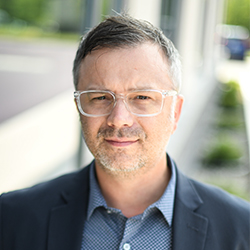
James Wright
Editorial Manager
Global Aquaculture Alliance
Portsmouth, NH, USA[103,114,111,46,101,99,110,97,105,108,108,97,101,114,117,116,108,117,99,97,117,113,97,64,116,104,103,105,114,119,46,115,101,109,97,106]
Tagged With
Related Posts
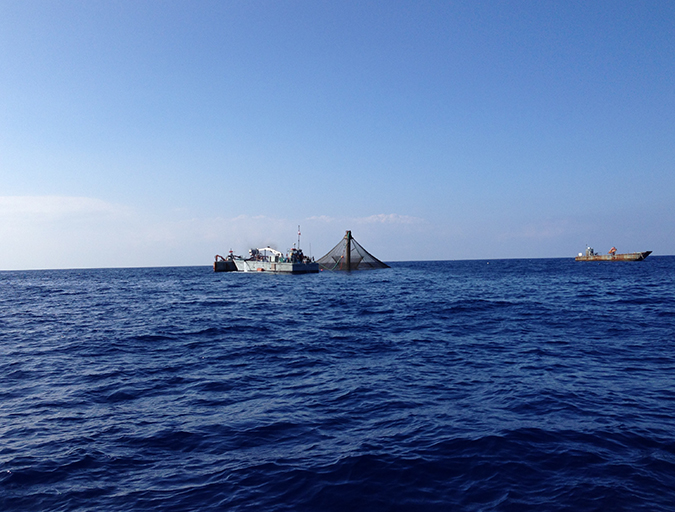
Intelligence
‘Spatiotemporal patterns’ indicate improving perceptions of aquaculture
A study led by University of California Santa Barbara researchers has found that public sentiment toward aquaculture improves over time, a potentially important development with growing interest in offshore aquaculture.
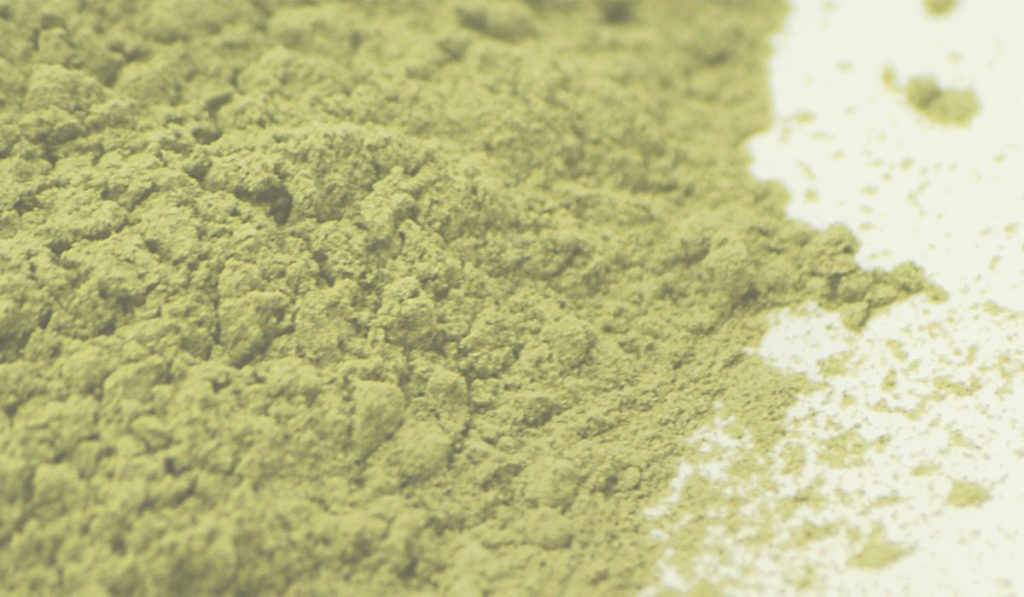
Innovation & Investment
Global Aquaculture Innovation Award finalist: MNL Group
Chilean biotech firm says its natural feed additive, Futerpenol®, reduces or eliminates the need for antibiotics in farmed salmon and trout by stimulating the immune responses of the fish.
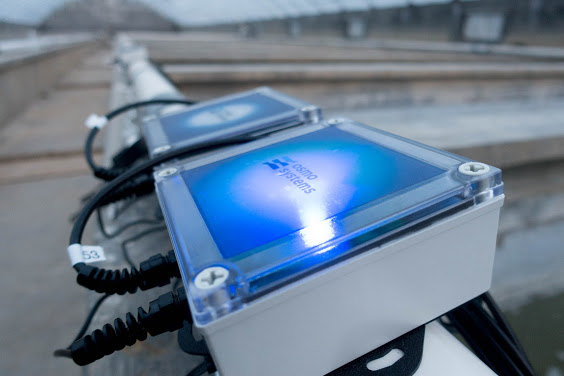
Innovation & Investment
Global Aquaculture Innovation Award finalist: Osmo Systems
Zach Stein, CEO and cofounder of Silicon Valley-based Osmo Systems, thinks it’s time aquaculture embraces rapid change through technology. His startup aims to help aquaculture operators automate water quality monitoring systems.
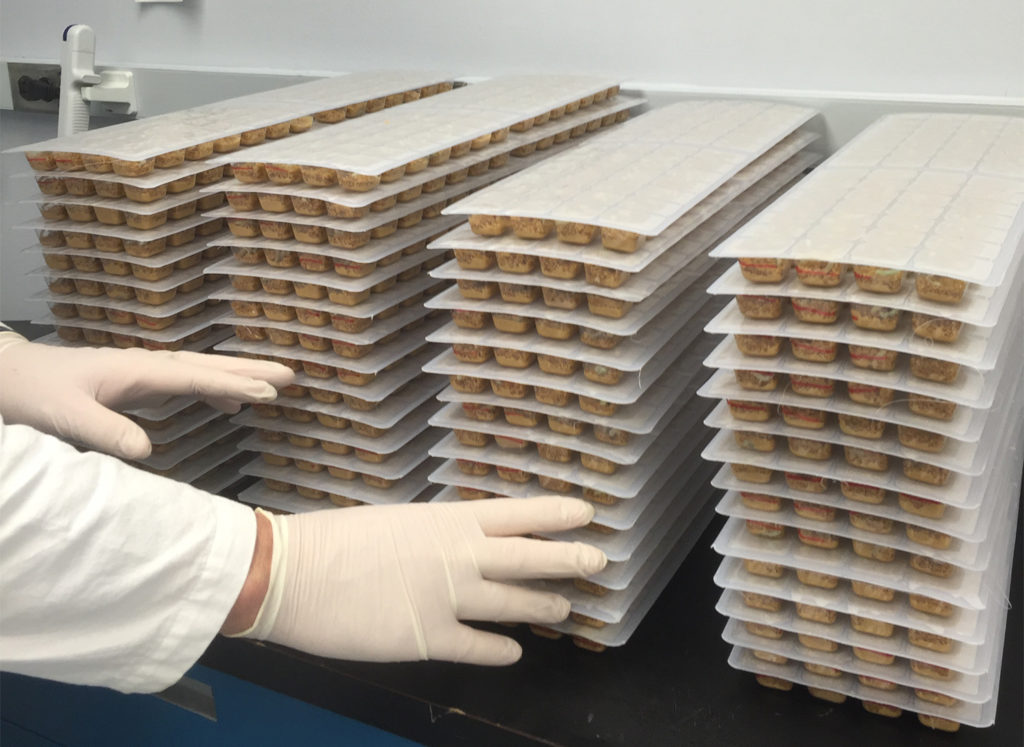
Innovation & Investment
Global Aquaculture Innovation Award finalist: VakSea
An orally administered vaccine product holds great promise for aquaculture, and Maryland-based startup VakSea is on the cusp of providing one. Sensing a major opportunity, the company’s focus has pivoted to shrimp.

